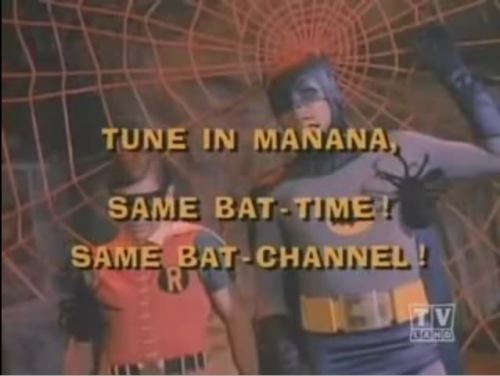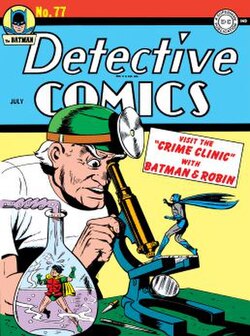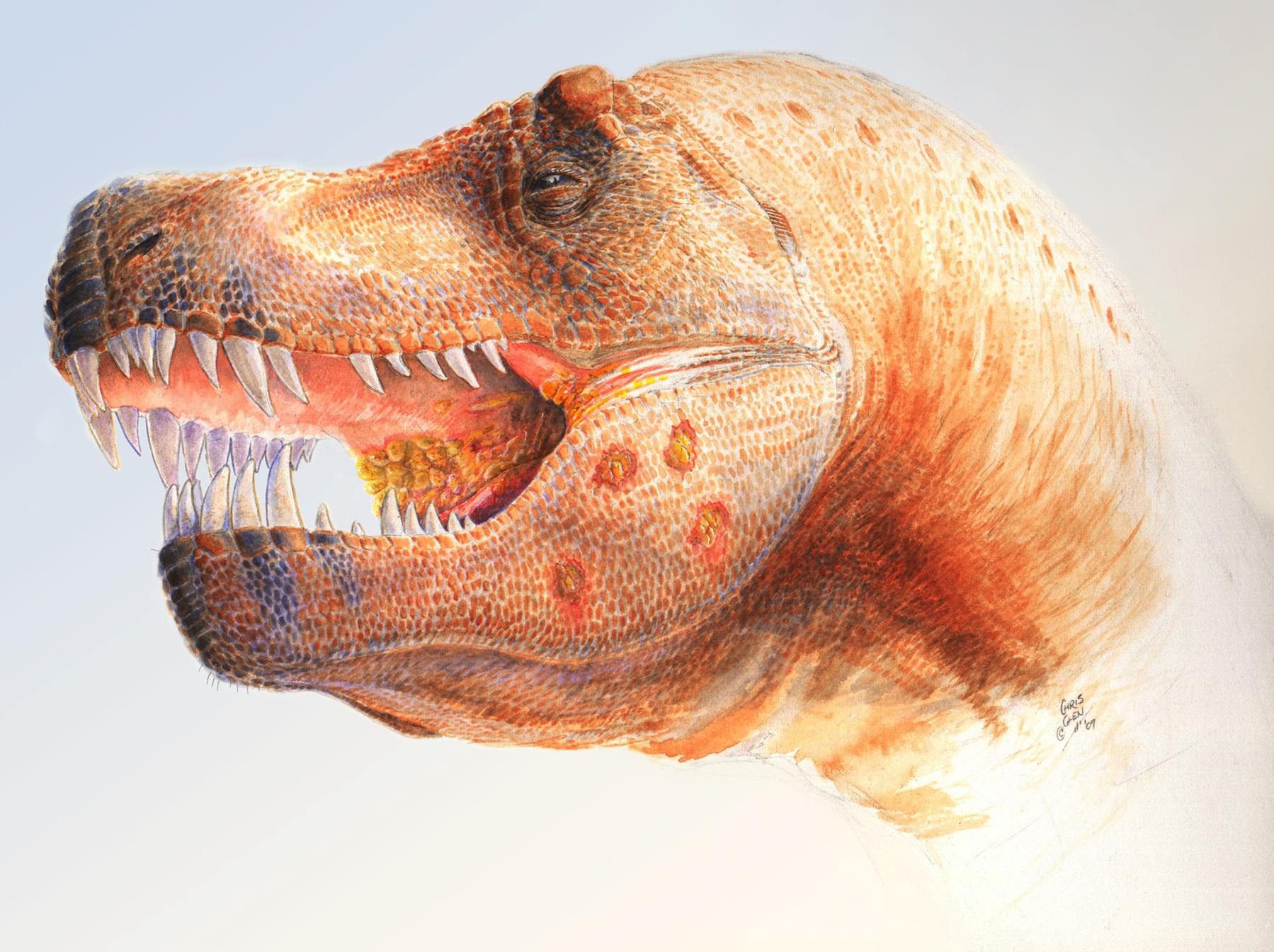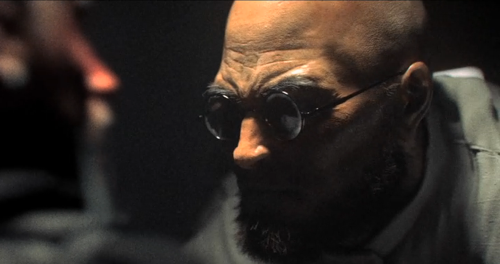If you missed my previous post, I recently had another chance to hear Dr. Atul Gawande speak, this time at the University of Akron. Last time, I posted my initial impressions surrounding Dr. Gawande's promotion of the idea of coordinated, team-based medical care as the solution to what he has called the "appallingly patched-together ship" of American healtchare.
Today, I want to discuss Dr. Gawande's ideas for getting the "cowboys" of medicine to form "pit-crews". I recently found out that this was not the first time that Dr. Gawande has shared this idea; he gave a similar speech at Havard's commencement which was posted online at The New Yorker. In summary, Dr. Gawande identifies three skills necessary for a "pit crew" to function successfully as a system:
1) the ability to recognize successes and failures,
2) the ability to devise solutions
3) the ability to implement solutions on a wide scale.
He also enumerates three values that members of the team need to share:
1) humility to understand that you can fail,
2) discipline to stick to standards to minimize failures
3) teamwork to allow others to save you from failure.
The difficulty in implementing solutions to the problems in healthcare today is that not every physician is on board with these values and it will be no easy task to convince everyone that this is what needs to be done, even with solid supporting evidence. What Dr. Gawande is calling for is a cultural change in the profession of medicine and, to me, that is one of the most difficult changes to incite. With cultural change, you cannot create policies that dictate people's values. The values need to be internalized by all.
I would have really liked to hear Dr. Gawande's ideas for integrating discussion of these values in medical school. At my own school, there is already a significant amount of time devoted to exploring values of medical practice so it would not be difficult to begin such discussions. If any effective culture change is to be made, medical education must definitely be a target area. After all, this is where a physician's enculturation begins.
Monday, November 28, 2011
Wednesday, November 16, 2011
"Cowboys vs. Pit Crews" - Dr. Atul Gawande Speaks at the University of Akron
 |
| Dr. Atul Gawande at the University of Akron, taken from my "wonderful" camera phone. |
One of the core messages that Dr. Gawande has spoken and wrote much about is just how complex healthcare has become as it has advanced the science behind medicine. He cited a study from a collegue: in 2000 the average patient saw 15 doctors at the hospital to resolve their issue. But the problem is not so much the number as the lack of coordination. Dr. Gawande talked about how physicains have been historically trained as "cowboys" who act independently of other physicians. I believe this is deep seated belief not only in the professional culture but in the cultural perceptions of medicine among our patients. To make my point, I will point to Sir Luke Fildes famous painting The Doctor.
 |
| The Doctor by Sir Luke Fildes |
But I think the picture should be very different if it were commissioned today. I believe Dr. Gawande would agree because as he said last night, we can no longer have "cowboys" with the complexity of healthcare today. Instead, we need teams of physicians, nurses, and other healthcare workers caring for patients in a coordinated fashion. Those fifteen doctors who see you at the hospital need to be talking to each other. We need "pit crews", says Dr. Gawande. If Sir Fildes were to make his painting today you might see a group of doctors, pharmacists, and nurses huddled together, hopefully with the child's parents as part of the discussion. Instead of The Doctor, we would have The Healthcare Team (The Doctors has been taken by a television talk show of incredibly photogenic physicians and again, I would be remiss to not include pharmacists, nurses, and the patient's family).
The "pit crew" or healthcare team is at the center of Dr. Gawande's vision of a systems-based approach to medicine. He illustrated in several stories that where outcomes go bad is not when patients see an individual specialist but in between. Each doctor assumes another one will check these lab findings or start the appropriate antibiotic prophylaxis. But in the end none of them do and easily prevented complications arise. When I say easy, I mean stuff medical students like myself even know because it has be stressed to us that much in our training.
Speaking of which, my studies seem to never end. For the sake of keeping my ideas succint and my time studying optimal, I will leave you with these initial thoughts of mine for now. I will likely have at least another follow up post with some more ideas from this talk.
 |
| TO BE CONTINUED... |
Saturday, November 12, 2011
Thursday, November 10, 2011
Great Links for Medical Students
Of late, I have had to supplement my education with some online resources. Here are three great links I have increased my frequency of use in the past week (just started hematology/oncology and I have a physical skills proficiency exam coming up).
The Internet Pathology Laboratory
Mercer University of School of Medicine, hosted by the University of Utah Eccles Health Sciences Library.
This one comes recommended from First Aid for the USMLE Step 1. It's a great resource full of great slides of both normal and pathological findings. Currently I am using it to study anemias.
The Medical Biochemstry Page
themedicalbiochemistrypage.org, LLC
I used this website a lot in my undergraduate education and during my biochemistry course in medical school. It has updated a lot since then. It is wonderfully comprehensive and often explains step-by-step the mechanisms behind pathologies in biochemical pathways.
A Practical Guide to Clinical Medicine
University of California, San Diego
I just found this recently. If you medical school is like mine, there isn't a whole lot of time spent on teaching what the purpose beyond the manuevers of physical examination and the required textbook is marginally helpful. This is a great site and I am definitely reviewing with it for my upcoming proficiency exam.
The Internet Pathology Laboratory
Mercer University of School of Medicine, hosted by the University of Utah Eccles Health Sciences Library.
This one comes recommended from First Aid for the USMLE Step 1. It's a great resource full of great slides of both normal and pathological findings. Currently I am using it to study anemias.
The Medical Biochemstry Page
themedicalbiochemistrypage.org, LLC
I used this website a lot in my undergraduate education and during my biochemistry course in medical school. It has updated a lot since then. It is wonderfully comprehensive and often explains step-by-step the mechanisms behind pathologies in biochemical pathways.
A Practical Guide to Clinical Medicine
University of California, San Diego
I just found this recently. If you medical school is like mine, there isn't a whole lot of time spent on teaching what the purpose beyond the manuevers of physical examination and the required textbook is marginally helpful. This is a great site and I am definitely reviewing with it for my upcoming proficiency exam.
Sunday, November 6, 2011
Four Batman Villains with Medical Degrees
Lately, I have been working on getting through Batman: Akrham City when I have time (which is not much). One of the major villains of the game is Dr. Hugo Strange who has been the mastermind behind the development of Arkham City. I've come to realize that there are an inordinate number of Batman villains with medical degrees, let alone an army of comic book supervillains that have higher degrees. Interestingly enough, most of evil physicians are either surgeons or psychiatrists. Luckily, I do not have much interest in either specialty. Here is more on five Batman villains that are physicians.
1. Dr. Hugo Strange
Not to be confused with Dr. Stephen Strange, one of my favorite Marvel characters, Hugo Strange is a psychiatrist that, in the classic stories, is obsessed with Batman and deduces his true identity (an element preserved in Batman: Arkham City). Although Strange is a genius, he is also a little psychotic and even dressed up as Batman. Another one of the classic Dr. Strange stories is his involvement in the creation of what has become known as the Monster Men. This hearkens back to the original Batman comic series in the 1940s and has been retold and referenced over and over again.
Dr. Matthew Thorne, the Crime Doctor
This one is a little more obscure. In Post-Crisis contunity, the Crime Doctor is the brother of crime boss Rupert Thorne. He is a physician that treats criminals for money.
I mostly know this one from Batman: The Animated Series from the episode "Paging the Crime Doctor." The wonderful creators of the show did a retake on the character (as they did for many of the Batman villains) as a former classmate of Dr. Thomas Wayne, Batman's father, and Dr. Leslie Thompkins, one of the few people to know that Bruce is Batman. Thorne lost his license to practice and is working for his brother Rupert to get it back.
Thomas Elliot is a childhood friend of Bruce Wayne that is both spiteful for Bruce's father saving the life of his mother and is envious of the life he leads. Elliot tried to kill his parents when he was a young boy by cutting the brake lines in his father's car. While his father died, his needy mother survived and he was forced to care for years. Elliot hated the Waynes for his fate and, once he figured out that Bruce was Batman, he planned a very elaborate revenge. I am not going to lie. I am not really a huge Hush fan. I know a lot of people think that Jeph Loeb and Jim Lee's Batman: Hush is one of the greatest Batman stories ever. Personally, it was another Jeph Loeb parade of charaters that was prettied up by Jim Lee's art. It isn't bad but it isn't amazing either. The subsequent Hush story lines have been just okay, too. Usually he tries to come up with another elaborate plan that fails miserably, all while he constantly quotes Aristotle and further explorations of his mommy issues are flashbacked on. That being said, I think that Paul Dini's retake of the character in Batman: Arkham City has some potential and perhaps he won't seem so stupid in the New DC Universe.
1. Dr. Hugo Strange
Not to be confused with Dr. Stephen Strange, one of my favorite Marvel characters, Hugo Strange is a psychiatrist that, in the classic stories, is obsessed with Batman and deduces his true identity (an element preserved in Batman: Arkham City). Although Strange is a genius, he is also a little psychotic and even dressed up as Batman. Another one of the classic Dr. Strange stories is his involvement in the creation of what has become known as the Monster Men. This hearkens back to the original Batman comic series in the 1940s and has been retold and referenced over and over again.
For the most part, Hugo Strange has been largely unknown to the general public but I imagine that Batman: Akrham City will solidify his legacy as one of Batman's greatest adversaries. One of my favorite appearances of Dr. Strange was in a television show that defined my child hood, Batman: The Animated Series. In the episode, "The Strange Secret of Bruce Wayne", Strange runs a sham spa for wealthy and prominent individuals to learn their secrets using a machine he has developed. When he discovers that Bruce Wayne is secretly Batman, he tries to auction off the information to Joker, Two-Face, and Penguin, a nod to a similar storyline from the comics. Batman being Batman, cleverly discredits Strange and gets the rogues to turn on him.
Dr. Matthew Thorne, the Crime Doctor
 |
| The Crime Doctor, art by Bob Kane |
I mostly know this one from Batman: The Animated Series from the episode "Paging the Crime Doctor." The wonderful creators of the show did a retake on the character (as they did for many of the Batman villains) as a former classmate of Dr. Thomas Wayne, Batman's father, and Dr. Leslie Thompkins, one of the few people to know that Bruce is Batman. Thorne lost his license to practice and is working for his brother Rupert to get it back.
Dr. Thomas Elliot, Hush
Thomas Elliot is a childhood friend of Bruce Wayne that is both spiteful for Bruce's father saving the life of his mother and is envious of the life he leads. Elliot tried to kill his parents when he was a young boy by cutting the brake lines in his father's car. While his father died, his needy mother survived and he was forced to care for years. Elliot hated the Waynes for his fate and, once he figured out that Bruce was Batman, he planned a very elaborate revenge. I am not going to lie. I am not really a huge Hush fan. I know a lot of people think that Jeph Loeb and Jim Lee's Batman: Hush is one of the greatest Batman stories ever. Personally, it was another Jeph Loeb parade of charaters that was prettied up by Jim Lee's art. It isn't bad but it isn't amazing either. The subsequent Hush story lines have been just okay, too. Usually he tries to come up with another elaborate plan that fails miserably, all while he constantly quotes Aristotle and further explorations of his mommy issues are flashbacked on. That being said, I think that Paul Dini's retake of the character in Batman: Arkham City has some potential and perhaps he won't seem so stupid in the New DC Universe.
 |
| Hush, art by Jim Lee |
Dr. Simon Hurt
This guy actually has a bunch of names and his true identity is still a little obscured, probably on purpose given that he is one of Grant Morrison's characters. Well that's not entirely true. Grant Morrison actually took a very minor character from Batman #156 ("Robin Dies at Dawn") and gave him a name and a time spanning role in the DC Universe. Hurt is the doctor who conducted the isolation experiment on Batman from "Robin Dies at Dawn". In Batman: R.I.P, it was revealed that this was in reality a way to implant psychological cues in Batman's head. I will probably leave it at that because explaining Grant Morrison's origin for why Dr. Simon Hurt is an apparently immortal ancestor of the Wayne family ties into a bunch of very complicated storylines that all tie into one another. Suffice it to say it has to do with pretty much everything Grant Morrison has wrote for DC in the past six years.
 |
| Dr. Simon Hurt, art by Tony Daniel |
Friday, November 4, 2011
Trichomonas: Wreaking Havoc Since the Mesozoic
This is appropriate since I just posted about dinosaurs. I was going on Wikipedia to read about Trichomonas and this picture was in the article:

This is an artist's rendering of a Tyrannosaurs Rex with a trichomonas infection based on an actual finding of a jawbone with lesions suggestive of such an infection. In humans, Trichomonas vaginalis usually infects women through sexual transmission. It causes green, foul smelling discharge.
Subscribe to:
Posts (Atom)

